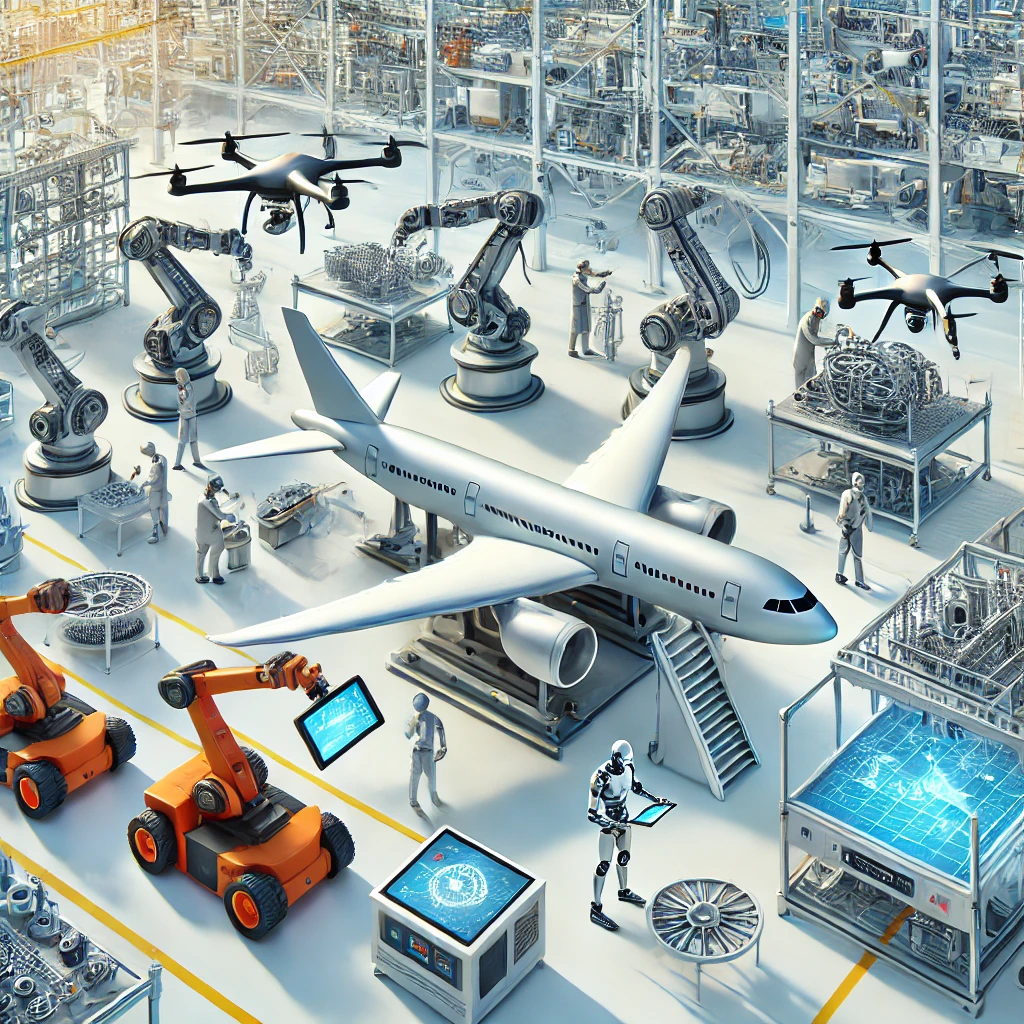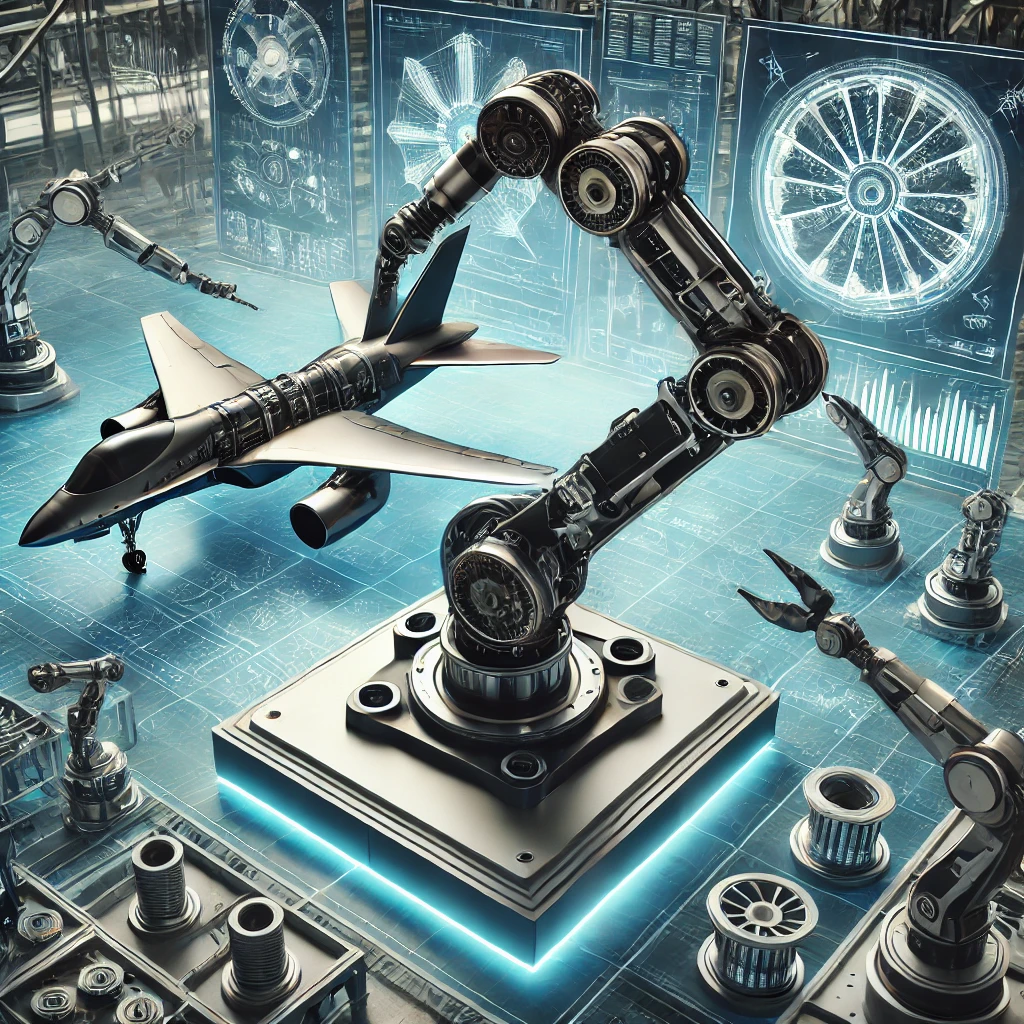Aviation assembly technology can be describe as one of the most valuable aspects of the aerospace business. It takes into account the fact that the configuration of the airplanes is based on complex fabrication processes manifested through the assembly. This technology refers to methods and materials applied to join different parts; forming an aircraft such as wings, fuselage, engines, avionics systems. With increased advances in the aircraft industry and efficiency of the planes being develop, the system use to manufacture them has to be develop as well. Thus, this article aims to review the principal innovations. Emerging patterns in the aviation assembly technology and the industry as well.
A Historical Perspective of Aviation Assembly Technology
Aviation has historically been drive by technical advancement. However, the expectations of today’s aerospace manufacturing are for even more accuracy, productivity and utilization of automation. Earlier the assemblies of aircraft were more on the manual techniques which were much more demanding by skillful workers. This has however not been the case today because manual work is supplement with automation, robotics, and advance materials.
The latest trends of assembly line in Aerospace are quite similar to automotive industry. It concerns are arising regarding the modular manufacturing, utilization of robotics, digital integration and other similar techniques. Robotics is very important in the control of human error, improving productivity as well as meeting the set standards in assembled products. Nevertheless, aviation assembly technology is not limit to this kind of automation. It is about smart systems, digital twins, 3D printing, and advance materials, which is redesigning the modern aircraft manufacture from scratch.
Key Innovations in Aviation Assembly Technology
Automation and Robotics
A major characteristic of the present day aviation assembly line is automation. Many robots are apply for drilling, riveting, welding, and component installation operations, etc., with high accuracy. These tasks are routine and involve precise measurements. Thus, it will benefit from incorporation of robotic systems due to endless work without tiredness.
Robotic riveting is one of the application of automation in assembly of aircraft. Rivets are use to fasten aircraft structures that need to need to be drill. Automated machines can place rivets and perform it for many thousands of times at a very high standard. It takes lesser time and is efficient compare to manual riveting that has dangers of ill? Action production.
However, another class of industrial robots that is being adopt across the aviation assembly is collaborative robots or Cabot’s. These robots thus complement the effort of human technical persons by performing monotonous and risky activities while the human beings perform the arduous tasks of actual assembly. Cabot’s improve output whilst at the same time increasing the safety of operations.
Additive Manufacturing also known as 3D Printing
One of the most disruptive technologies that has recently emerge in aviation assembly technology is Additive manufacturing also refer to as 3D printing. It provides for the ability to make parts out of lightweight materials with high levels of integration. Also a degree of geometric freedom that are not easily obtain through conventional fabrication techniques. Some of the applications of 3D printing in manufacturing aircrafts include; making of parts such as engine parts, aerospace ducts. Inner fitting because 3D printed parts are lighter and strong as those manufactured by other means.
This technology like 3D printing also help minimize on wastage of material. Time also becomes a critical factor to cut short and more of such component are produce on demand for the planes. The sweet factor of Direct part production at the assembly location also eliminates large stocks of spare parts as well. This technology is vital for the future of green aviation because thousands of parts make up an aero plane. They are lighter to build result in less fuel consumption.
Digital Twin and Smart Assembly
Digital Twin Programming Technologies including the creation of virtual replicas of the physical components. Systems of an airplane has completely altered the production procedure of airplanes. A digital twin means that designers can model how an aircraft or part of it will behave and perform practically prior to fabrication. This latter type of testing allows errors to be caught early in the design phase. So there is a risk of mistakes during assembly is minimized.
In the assembly process, digital twins are most useful because they are capable of tracking and modifying the production process in real-time. For instance, if a particular part is find to be incompatible during assembly, then the digital twin alerts such a precognition. Also, advises adjustments to the design or assembly line. This kind of integration of digital models and physical assembly reduces errors on the physical assembly line. The design model is try out on the computer before it is use on the physical assembly line.
Integrated intelligent production lines include sensors and other connected structures to enable manufacturers to record data during production. This data is use for relational database management, deviation recognition and enhancement of operational procedures. Digital twins and smart manufacturing systems integration make the change of increasing the degree of intelligence in assembly processes in the aviation industry.
Adhesive and Reinforced Plastic Composites
Advanced materials or specifically composites have greatly affected the technology of aviation assembly. That is why carbon fiber reinforce polymers (CFRP), for example, is lighter than metals creating better conditions for aircraft structure. In view of increasing reliance on composite materials in the construction of aircraft, composites assembly has undergone a gradual evolution.
In contrast to the familiar metallic composites, composite materials must be deposit, bond and cure in unique ways. For example, the composite parts are subject to curing in large Autoclaves in order to obtain the requisite strength and durability. Fabrication of composite parts mostly entail automatic assembly because these products are sensitive. They need accurate installation and connation to enhance the strength of flying machines.
Modular Assembly
Another emerging manufacturing practice that is revolutionizing aviation production is modular assembly. Instead of integrating the whole aircraft at one place and assembling its different parts. Manufacturers today integrate several structural or subsystems at various sites, for example, fuselage, wings or cockpit. These modules are then take to a last assembly line where they are connect to make up the aircraft.
Several benefits are attach to such an approach, these are; the rate of production is hasten; there is flexibility in manufacturing processes and production units can be tailor to match the capabilities of the region. In addition, it is easier to achieve greater variability. Since various modules can be design for distinct types of airplanes or buyers.
Virtual /Augmented Reality
Augmented reality (AR) and virtual reality (VR) concepts are incorporated in the assembly process to provide live action instructions for the technicians. AR superimposes digital instructions or diagrams over a physical product. Making it easier for the workers to visualize how the different parts of the product must join. It minimizes errors, as well as time that is taken to learn new assembly procedures since persons doing the assembly work are already trained to do the procedures.
whereas VR is employed in training procedures so that technicians can train themselves to assemble gigantic components virtually first before performing an actual task on the aircraft. The current training approach enhances the competency’s development and the overall training time required in comparable training.

Challenges and Trends in Aviation Assembly Technology
As the aerospace industry evolves further and newer fields emerge, the need for even better, parts production, automation and sustainability of assembly processes will need to increase. Modern day future trends in assembly technology for aviation products will probably include heightened intromission of robotization, smart production, and additional usage of advanced technology including artificial intelligence and machine learning.
Another area that will be given much priority will be the concept of an autonomous assembly line – a line that is practically run and controlled by robots and smart systems without much input from man. Another indefinite trend is the employment of environmentally friendly components and technologies with the help of which the aviation industry tries to minimize detrimental effects on the environment. Some of the technologies that will be strategic in this will be 3D printing, and the use of composite materials to support sustainability objectives.
Conclusion
Aviation assembly technology is one of the fastest growing technologies today and plays a major role in shaping the aerospace industry through the integration of automation systems, digitalization, and new superior materials to create safer and more efficient airplanes. These technologies ranging from robotics and 3D printing, smart systems and modular assembly were spoken about as revolutionizing the design, production and assembling of airplanes. Looking into the future of aviation assembly, greater advancements are expected due to increased innovations in technology providing aerospace engineering with solutions that are greatly enhancing.

